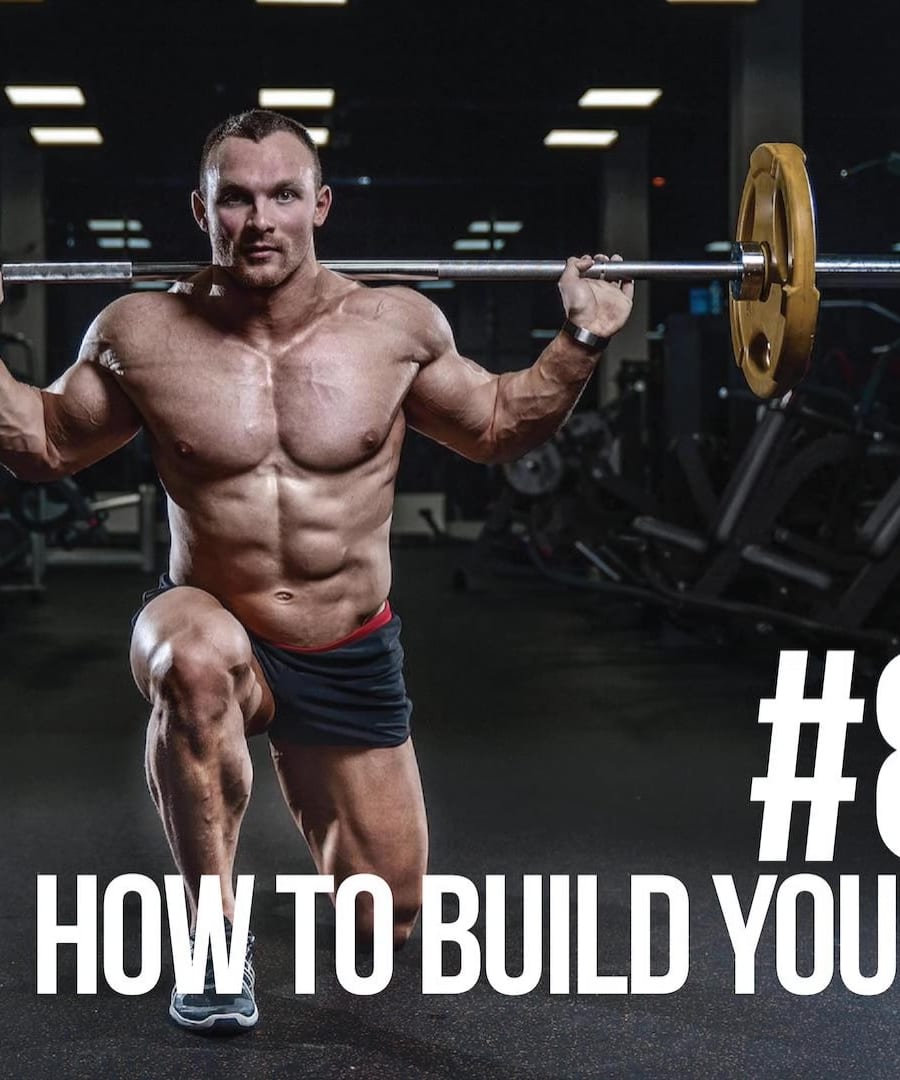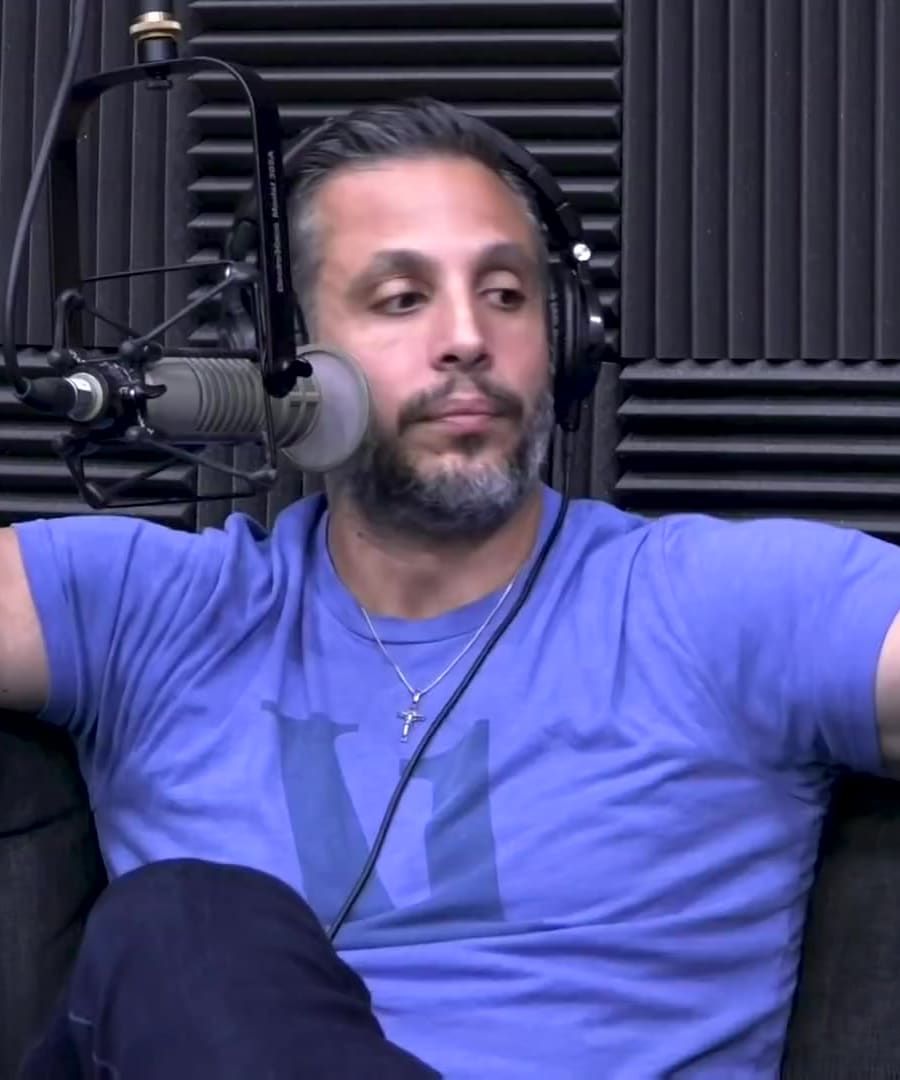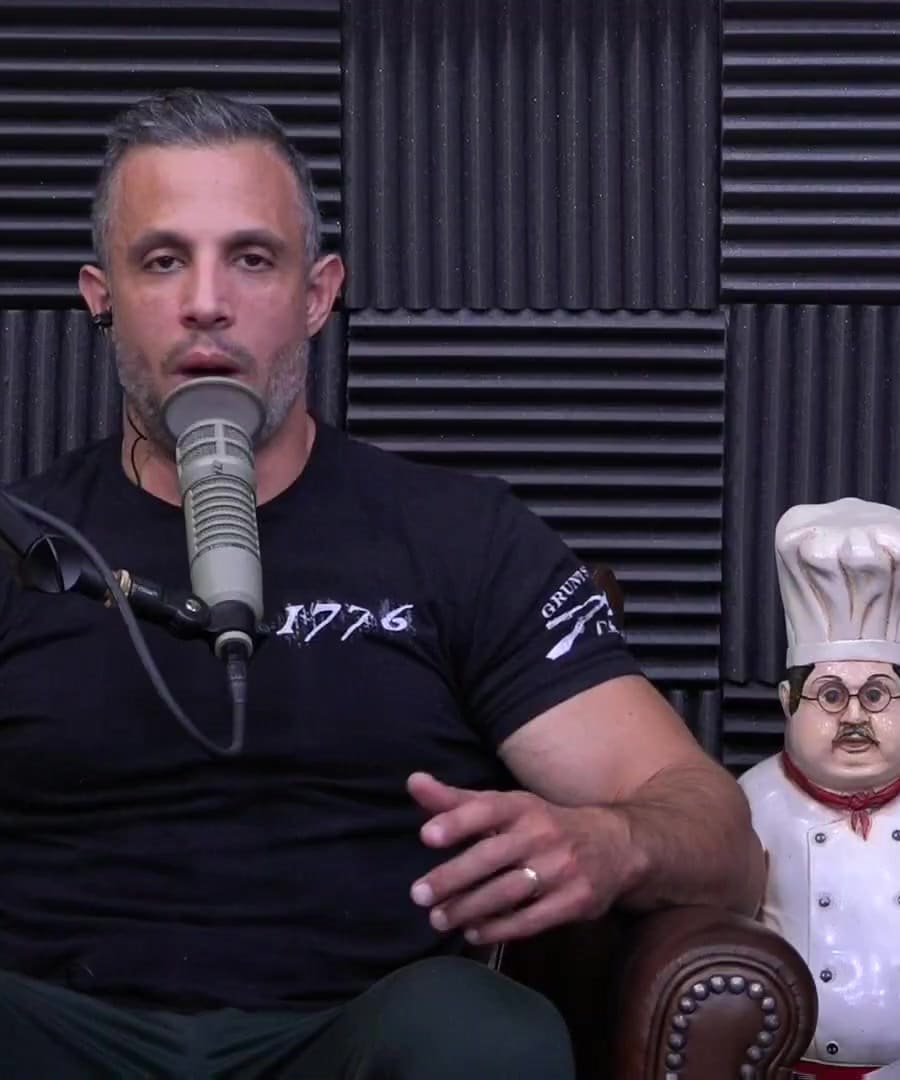Glute hamstring and quad focused workout three days a week
Sources:
For a focused workout on glutes, hamstrings, and quads three days a week, here are some suggestions from the Mind Pump Podcast:
-
Split Training: You can perform a split where one day is focused on the posterior chain (glutes and hamstrings) and another day focuses on the quads. This allows you to dedicate each session to particular muscle groups for better results. For example, you might do glute and hamstring exercises such as Romanian deadlifts, glute bridges, and hamstring curls on one day; and quad-focused exercises like squats and leg presses on another day 1.
-
Frequency and Intensity: It's important to prioritize frequency over intensity when focusing on specific muscle groups. You might choose to train these muscles more frequently with moderate intensity rather than having rare but extremely intense workouts. Subsequently, you can add muscle-specific workouts or "focus days" that address certain weak points more frequently throughout your weekly routine 2.
-
Exercise Selection: Include compound movements that work the entire leg as well as isolation exercises that specifically target the glutes, hamstrings, and quads. A sample week might look like:
-
Activation and Isolation: On days focused on specific areas, start your workout with activation exercises like glute bridges (for glutes) or leg curls (for hamstrings). This can help improve muscle engagement during subsequent exercises 5.
-
Volume and Rest: Make sure to manage the volume of training. Increasing the volume of work on the focus muscle groups can be beneficial, but adequate rest and recovery should also be prioritized to avoid overtraining 2.
These strategies can help optimize your thrice-weekly leg workouts to enhance development of the glutes, hamstrings, and quads effectively.
RELATED QUESTIONS-
Show me detailed workout plans for glutes, hamstrings, and quads
Sources:
Here are detailed workout plans focusing on glutes, hamstrings, and quads, as discussed in "Mind Pump Podcast."
Glute-Focused Workout Plan
- Hip Thrusts: Highly recommended for targeting the glutes directly. Perform 3-5 sets of 8-12 reps.
- Sumo Deadlifts: Effective for engaging the glutes due to the wide stance. Perform 3-4 sets of 6-10 reps.
- Cable Pull Throughs: Focuses on the posterior chain including the glutes. Perform 3 sets of 12 reps.
- Glute-Ham Raise: Directly targets the hamstrings and glutes. 3 sets of 8-10 reps.
Additional Tips:
- Begin workouts with glute activation exercises such as band walks or glute bridges.
- Prioritize hip thrusts and sumo deadlifts at the start of your workout to maximize glute engagement[1].
Hamstring-Focused Workout Plan
- Romanian Deadlifts: Excellent for hamstrings. Perform 4 sets of 6-8 reps.
- Lying Leg Curls: Isolate the hamstrings. 3 sets of 10-12 reps.
- Stiff-Legged Deadlifts: Hits the lower back and hamstrings. 3-4 sets of 8 reps.
- Glute-Ham Raise: As mentioned, also excellent for hamstrings. 3 sets of 8-10 reps.
Additional Tips:
- Emphasize the eccentric (lowering) phase for added intensity.
- Include exercises that limit quadriceps engagement to emphasize hamstrings[2].
Quadriceps-Focused Workout Plan
- Front Squats: Great for targeting the quads. 4 sets of 5-7 reps.
- Leg Press: Focus on the quads by positioning feet lower on the platform. 3-4 sets of 10 reps.
- Bulgarian Split Squats: Deeply works the quads and improves balance. 3 sets of 8-10 reps per leg.
- Barbell Squats: Staple exercise for leg development. 3-5 sets varying from 5 to 10 reps.
Additional Tips:
- Start your leg workouts with quadriceps exercises if they are a priority area.
- Use isolation movements like leg extensions at the end of workouts to fully fatigue the quads[3].
General Advice
- Frequency: Aim to workout each muscle group 2-3 times a week, depending on your recovery.
- Progressive Overload: Regularly increase the weight or reps to continue making gains.
- Recovery: Ensure you get adequate rest and nutrition to support muscle recovery and growth.
It's essential to adjust volume and intensity based on your specific goals and recovery ability. Always warm up properly to prevent injuries and consider incorporating flexibility and mobility work to support overall well-being.
RELATED QUESTIONS





